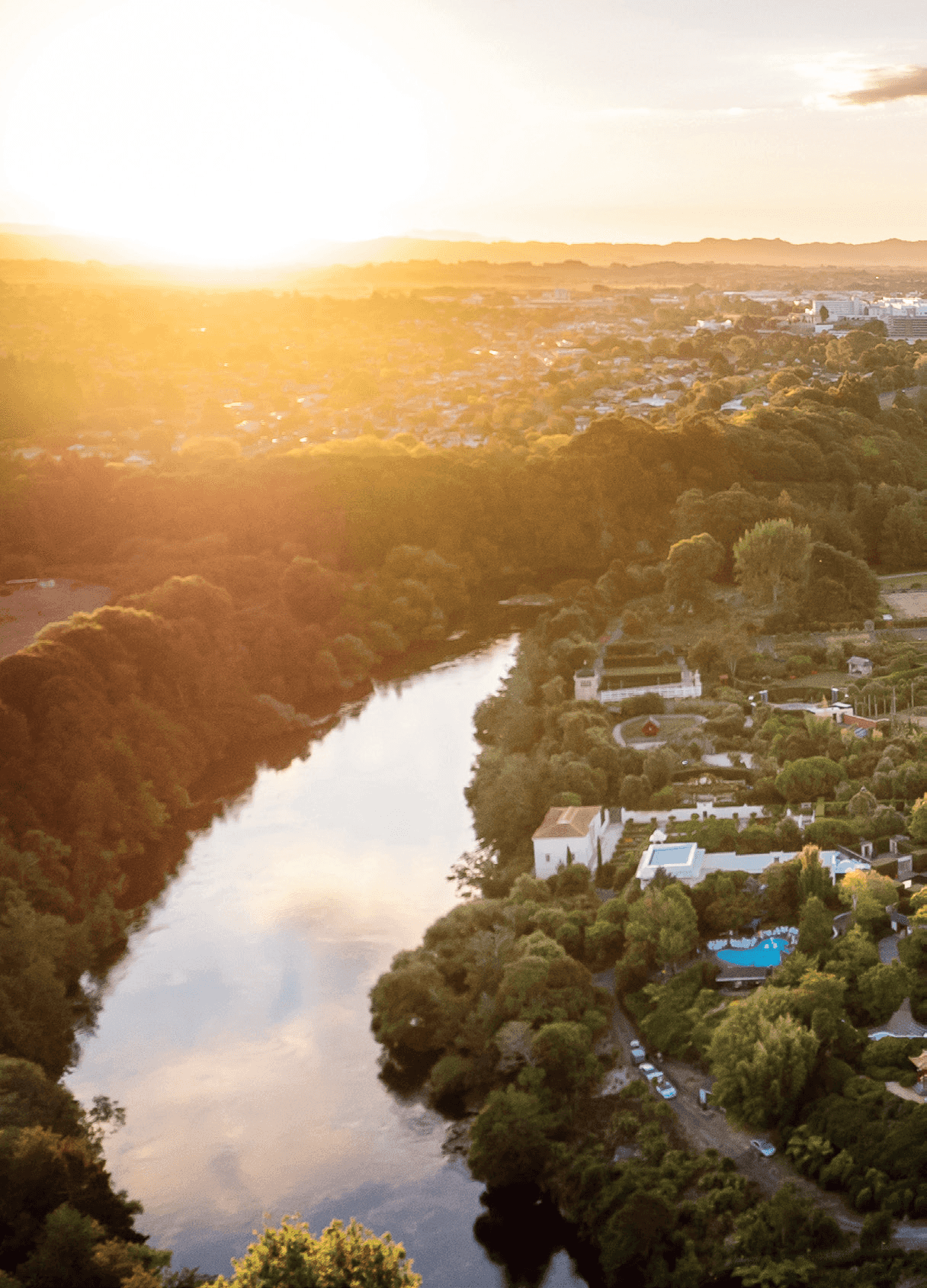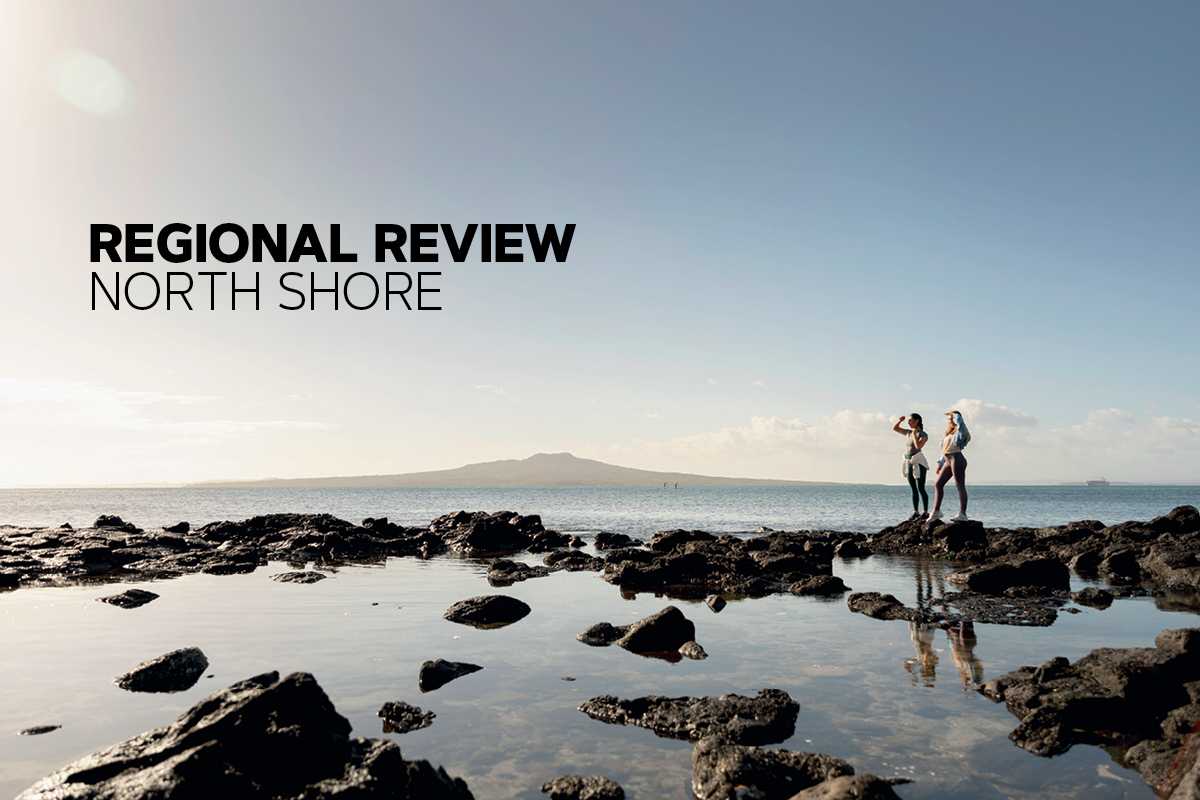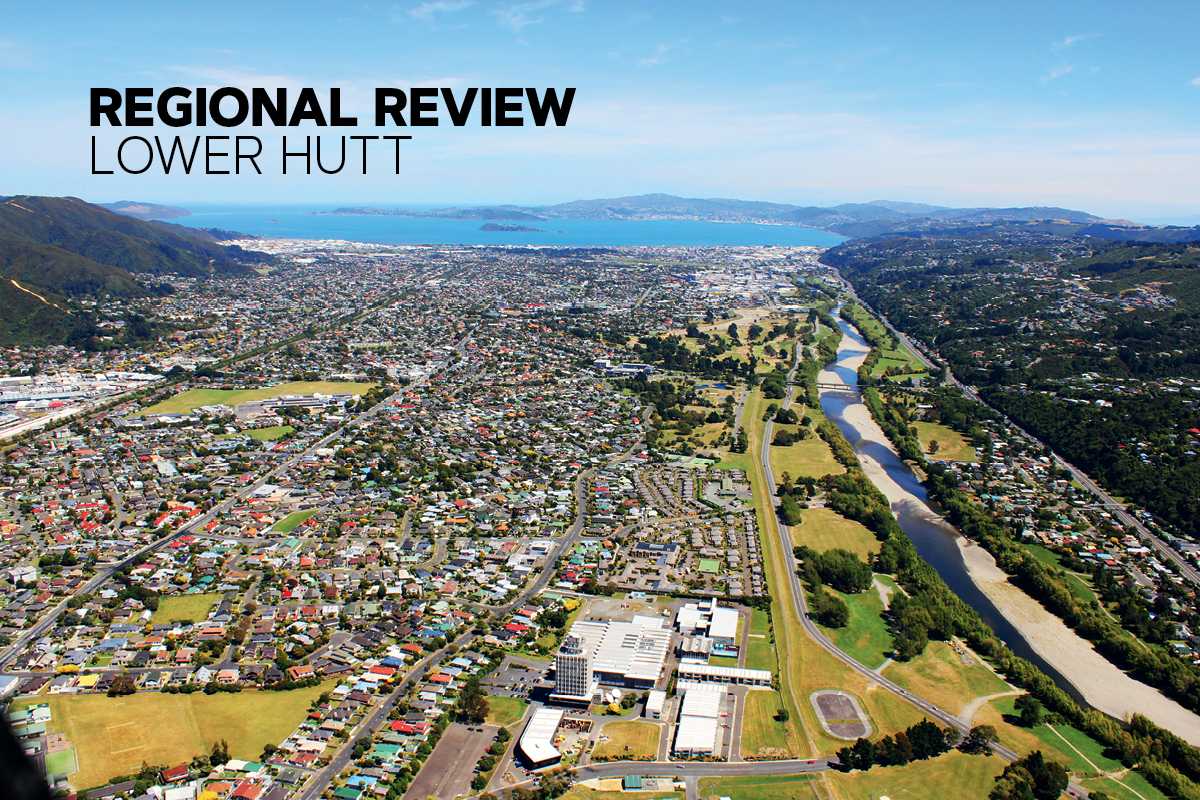
Hot In Hamilton
A low supply of rental and sales stock means Hamilton prices and rents are on the rise, writes Joanna Jefferies.
30 November 2020

When Covid-19 hit and lockdowns were announced in early 2020 no-one was quite sure how the property market would be impacted. But in Hamilton, where the primary sector and its associated industries are the backbone of the economy, it barely caused a blip on the radar.
That’s because even before the impacts of Covid-19, Hamilton was in a strong growth phase. Large scale residential developments in northern Hamilton and the Peacocke development in the south are currently underway; the expressway and bridge linking the north with the south is close to completion, the Ruakura Inland Port is going ahead; not to mention the large scale residential development planned for Taupiri and in Morrinsville.
But despite new housing stock coming on board, the property market is experiencing a significant uptick, with 4% growth since lockdown. Agents and investors alike say that this is likely to continue, considering the number of buyers and the lack of sales stock.
Ray White Hamilton City managing director Fraser Coombes says first home buyers and investors are competing with each other in Hamilton “which is no doubt resulting in an increase of pressure on prices”. While Quinovic Hamilton principal Mark Laurence says, “Prices have gone crazy, investors are taking anything they can buy, first home buyers are paying more than their budgets and unless you are prepared to go over asking and unconditional you will not buy a property in this market!”
Coombes agrees competition is stiff “One of our guys specialises in selling investment flats – he sells blocks of four to 10. Before Covid-19 it was really rare for him to see an unconditional offer on a block of flats, but now 80% of the offers coming through are unconditional.”
But with so much competition to secure properties, are there still opportunities for investors in the market?
Coombes says the new Healthy Homes standards has created a trend whereby landlords are selling up older stock and buying new – and in the central city there are opportunities for investors quick off the mark.
“What we’re seeing in our portfolio is investors moving to low-maintenance, a lot of people are buying off the plans, factoring in future price inflation. There’s great opportunity to get a capital gain before you pick up the keys.”

Investor and Lugtons’ agent Jack Ramasamy is one of those investors currently re-shuffling his portfolio. He recently sold a three-bedroom, onebathroom home in Melville for $614,000, which he bought in 2016 for $385,000.
He’s now focusing on developing two sites, one in Hamilton East, the other in Hamilton City Central.
The 680m2 Hamilton East site is in a high residential zone and he’s creating five units with six bedrooms and six bathrooms, each with a common kitchen.
It will be completed shortly at a total cost of under $3 million, and he’s expecting $900/week rent for each unit. He hopes to develop his 840m2 city centre section in a similar way, but with 26 self-contained units, each renting at $400 per week.
Currently international students are out of the market, but Ramasamy says there’s no shortage of tenants.
‘Anywhere in Hamilton is a good place to invest – there’s demand right across the sector, right from the northern suburbs to Peacockes’ JASON WAUGH
“I believe in the next six to 12 months it’s not going to slow down. If the border opens imagine how many students are going to come, how many people are going to come back? There’s almost one million Kiwis living overseas, we’re going to get at least 10% back.”
Ramasamy says of those, 50,000 are likely to live in Auckland, and the balance of 50,000 people will spread over the country – “we’ll hope to get at least 5,000 people in Hamilton”. If his predictions are correct, Hamilton’s supply will need to increase substantially further to accommodate them.
Rents Increasing
The high demand from investors and the shortage of rental stock means there is upward pressure on rents.
Realestate.co.nz currently shows only 538 rentals listed and Coombes says he’s never seen rental stock so low. In a city with around 35,000 rentals, that means securing a rental is pretty difficult and there’s huge demand for more stock.
Trade Me Property shows the median number of days a rental property is on the market is just 16.
Rental viewings are also reaching record highs, with Quinovic Hamilton getting 50 enquiries per property and a 99% occupancy rate.
According to REINZ data in the year to September, the median rent increased between 2.7% and 11.1% across Hamilton suburbs – with Hamilton East leading
the way.
And due to rent increases, Laurence says it’s still possible to achieve a decent return. He knows of one investor who recently bought a property in Fairfield with a standalone home and minor dwelling for just $485,000.
“It owes him $550,000 now after a paint and a few other things. The main dwelling is now rented for $580 and the minor dwelling is on the market for $350. “The deals are still there, you’ve just got to fight a bit harder to get them.”
Lodge Real Estate general manager Jason Waugh agrees the market is hot, but says rents are still price sensitive “You can’t be silly about what you want to achieve rent-wise.”
He says tenant demand is huge and he’s seeing on average 650 to 700 enquiries per week for their rental stock which is sitting at around 100 properties.
He is seeing multiple applications on every property listed, and says there’s demand right across the city.
“Anywhere in Hamilton is a good place to invest – there’s demand right across the sector, right from the northern suburbs to Peacockes.”





Interesting Opportunities
iFindProperty Hamilton property investment specialist Ben Meehan says anything in the affordable bracket between $550,000 and $650,000 attracts a lot of attention from first-home buyers, but there are still opportunities there for investors.
“First-home buyers want a polished product, they’re wanting something that is already completed or nearly completed. They’d rather stretch themselves with their lending and buy something that’s done rather than buy something that needs a whole lot of work.”
So, for investors who are looking in the lower price bracket there are still opportunities to get a good buy on a property that needs some work – “whether it’s a cosmetic renovation or something like replacing a roof – bits and pieces that might be quite scary for a first home buyer and they may struggle to get financing on”. Meehan says there is also a lesser known opportunity for investors, that of duplexes. The Hamilton City Council allows duplex developments on sites as small as 400m2, as long as the design meets the required District Plan controls, such as setbacks, outdoor living areas and parking spaces.
“One opportunity I see for investors in Hamilton is, provided a house is situated right on the section, you can buy an existing house and you can build a second three-bedroom/two-bathroom on the back of that house, provided there’s a garage with a shared wall between.”
Meehan says building the second dwelling will cost around $400,000 and they will be individually titled with a duplex title. “You might be looking at $620,000 [value] for a three-bedroom duplex depending on the area – so that’s an opportunity for investors.”
Looking Ahead
All industry experts agree that further growth looks likely for Hamilton over the next 12 months, but when it comes to the pick of suburbs they don’t exactly agree. Meehan suggests investors look “close to the hospital, close to the university and near Te Rapa – Forest Lake, and Pukete”.
Whereas Laurence says professionals and families prefer to live in more family orientated suburbs. His picks are: “St Andrews, Fairview Downs, Dinsdale and Glenview because the stock is typically on large full-sized sections. The houses are typically 1970s and 1980s builds – they’re built really well, and there’s growth left, you’re not paying new suburb premiums.”
Coombes, again, has a different take: “At the moment the central city is going really well … Flagstaff is going really well too, but to be honest the whole city is going gangbusters. It all depends on your purchase price and your appetite for risk.”


